Wall cladding is an integral part of any home. It adds protection, helps to insulate, and adds decoration. But how do you choose which type will be best for your home? Knowing how to choose the best wall cladding for your home is essential. It’s a very significant decision that can make or break the style and look of your home. There are many aspects to consider when choosing this kind of material. Many people get overwhelmed by all the information available, but it doesn’t need to be so stressful. Here is how to choose the best cladding option for your needs.
- Consider the Look You Want to Achieve
When choosing what wall cladding to use, think about what you want your home to look like. Do you want a modern, sleek look? A traditional or rustic look? A natural or earthy look? The style and feel you’re going for will help inform your decision. For example, you could install wood siding to achieve a rustic exterior look, but it may be more expensive than using vinyl siding. Vinyl siding brings a more contemporary look at a lower cost.
Else, if you want something that looks like natural stone, then a stone veneer might be an option. However, it can also be very pricey compared with other options. If you plan to sell your home in 5 years or less, then stucco might not make sense because of its shorter lifespan than other materials. The look you want to achieve is one of many factors to keep in mind when choosing your exterior cladding. You should consult with wall cladding specialists for valuable insight into which material would work best for your particular situation.
- Think About Climate of Your Area
The climate of where you live is essential to consider when choosing wall cladding. For example, if you live in a scorching area, you may want to choose cladding that helps reduce exterior heat from entering your home. However, if you live in a colder area, you should opt for wall cladding that keeps outside air out while allowing interior air to move freely between rooms. Insulating materials like fiberglass and foam are also ideal for cold climates.
However, if you’re unsure which type of cladding will work best for your climate, identify the right contractor or architect who can help guide you toward making an intelligent decision. Additionally, if your area receives a lot of rain, it’s wise to choose cladding that won’t rot or rust over time, such as aluminum or vinyl siding. In contrast, the wood siding could be an excellent choice if you live in a dry area because it resists moisture damage well. When choosing the type of wall cladding for your home, always consider weather conditions.
- Type of Cladding Easy to Maintain
When choosing which type of cladding you want to use, it’s essential to remember that certain types are more durable than others. An easy-to-maintain cladding keeps your home looking good at a minimal cost. Brick, stone, aluminum, and vinyl are just some of your options here. Acrylic cladding is another good choice if you have children or pets. You can easily clean this material with soap and water. It also won’t scratch, peel, or chip like other materials might over time.
Fiber cement siding is yet another option that is easy to maintain and looks great as well. It doesn’t require any maintenance aside from an occasional hosing down. Fiber cement siding comes in various colors, so you can choose one that blends seamlessly into your home’s design scheme.
- Cladding That Will Enhance Your Style and Functionality
Your walls may be featureless, but that doesn’t mean you have to leave them that way. You can change their appearance with exterior wall cladding that’s decorative and functional. Choosing your home’s wall cladding with keenness is essential because you want it to enhance your style and functionality. You can choose from various wall claddings, such as brick, stone, stucco, vinyl, or a combination! Your cladding choice will depend on your needs, preferences, and style.
- Your Budget and Affordability
When choosing new wall cladding, consider your budget and what you can afford. If you don’t have a lot of money to spend, there are plenty of options. Brick is an excellent choice if it fits within your budget—it looks great, requires no maintenance, and should last for decades. In terms of affordability, brick is hard to beat.
Vinyl siding will save you money in installation costs and replacement costs. However, while buying cheaper options, it’s also crucial to consider the cost of maintenance. It might be worth spending more on wood or aluminum so that you don’t have to replace them as often. This way, you’ll get better value from your investment.
Conclusion
Wall cladding is one of today’s trending home improvements. While there are many options to choose from, it is helpful to understand how to select the best type of wall cladding for your home. Your choice will depend on your taste, environmental factors, purpose, and budget. Still, it would help if you also considered durability and ease of installation when making your decision. A professional can help you determine which material is suitable for your needs. Once you have decided what kind of wall cladding to use, choose a contractor who can install it properly to get what you want out of your project.



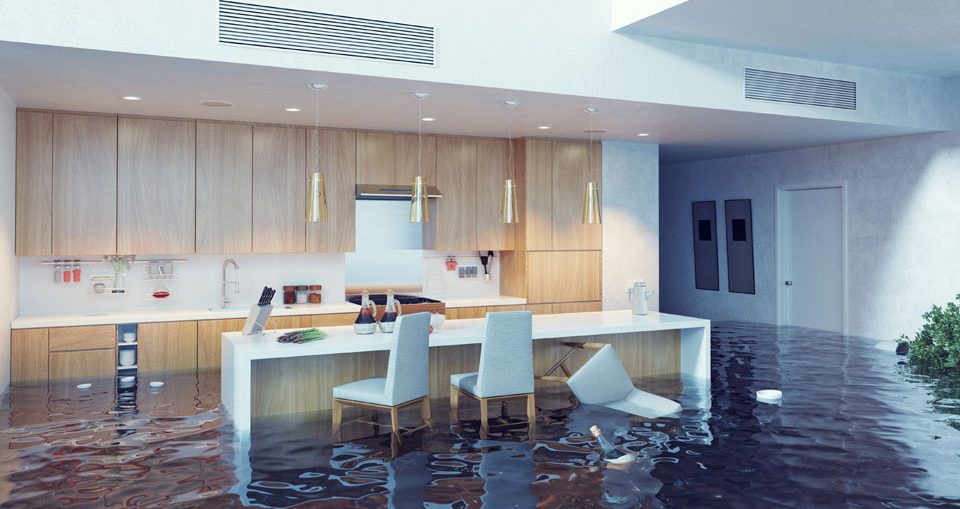
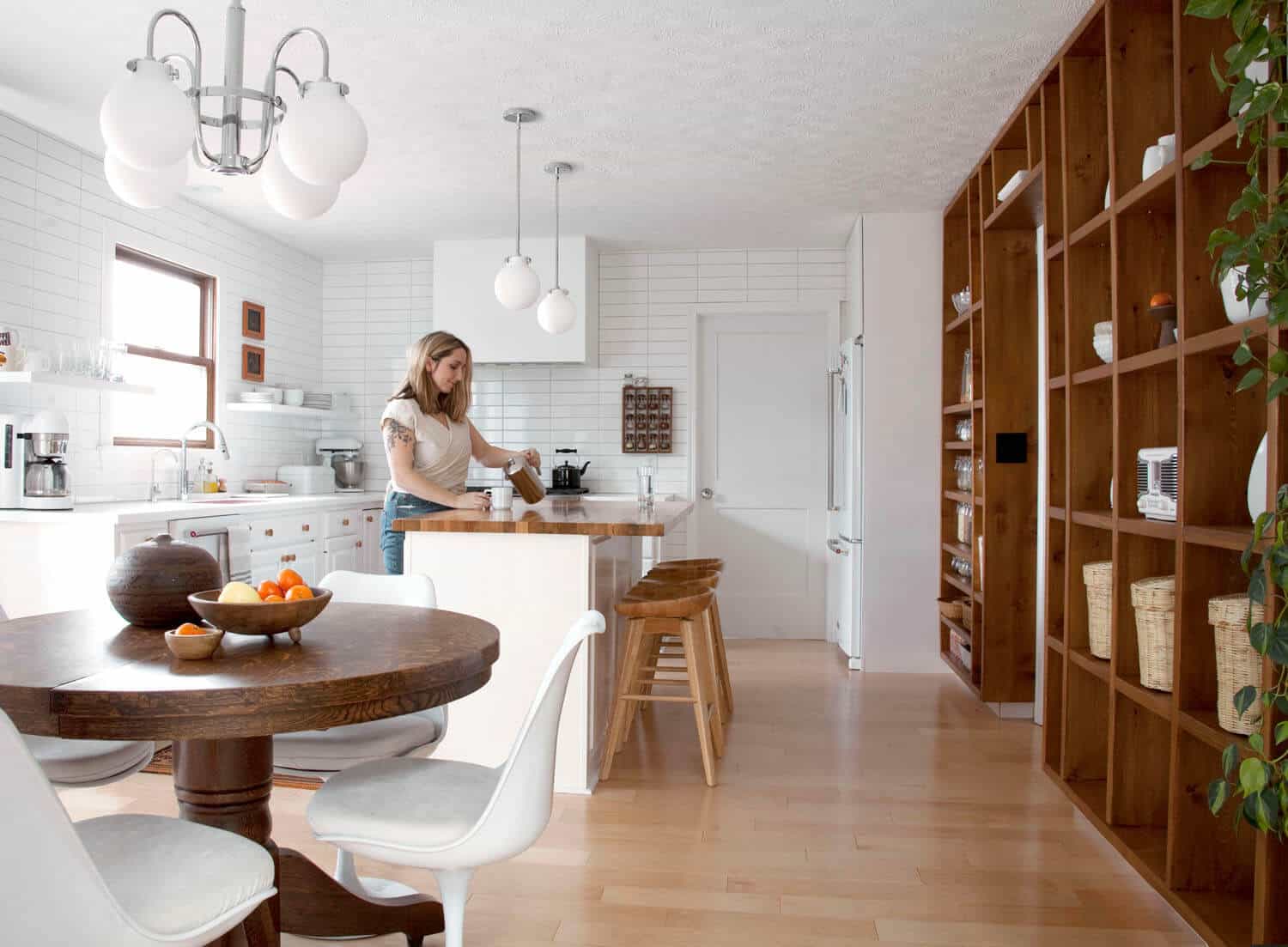

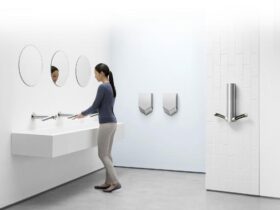
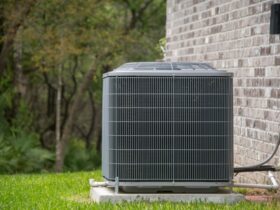


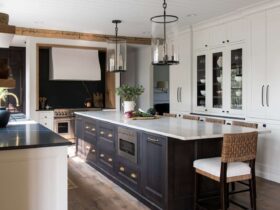
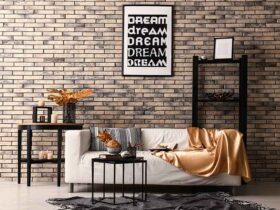
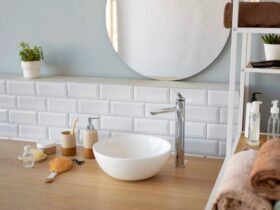


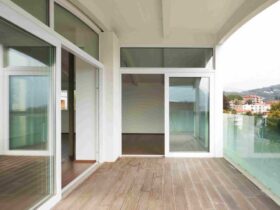
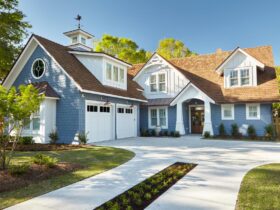

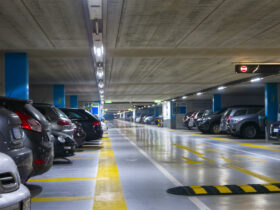
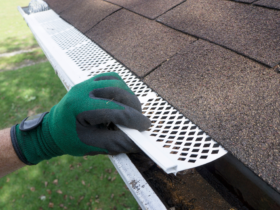


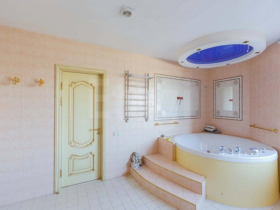


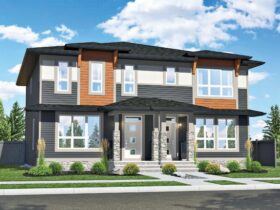


Leave a Reply